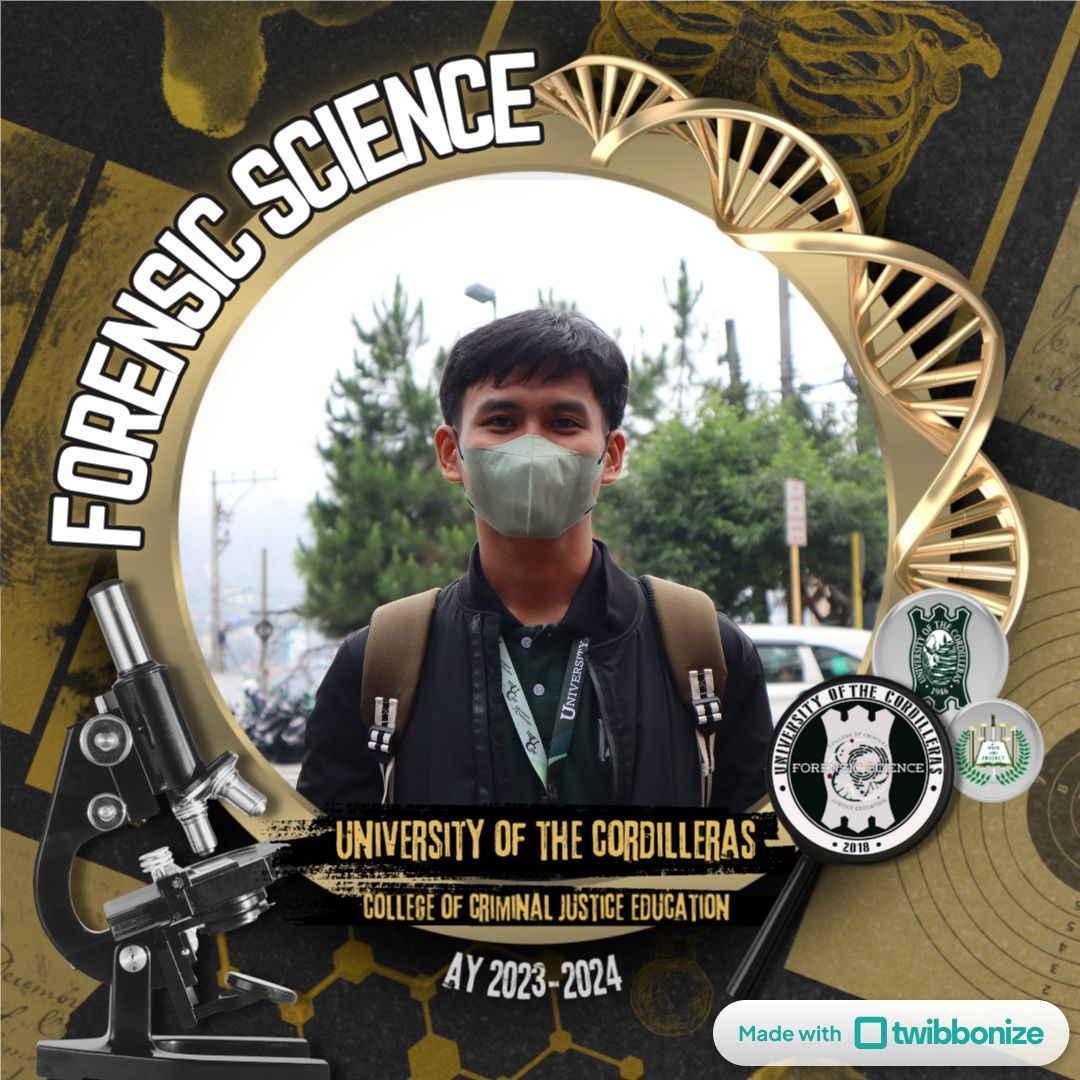Textile Fibers and Cordage Evidence
Cards (82)
- Textile Fibers
- Yarn
- Fiber Evidence
- Classification of Fibers
- Non-Technical Test of Textile Fibers: Feeling test
- Burning or Ignition Test
- Ignition Test Result: Natural Fiber
- Ignition Test Result
- Ignition Test Result
- Ignition Test Result
- Ignition Test Result
- Ignition Test Result
- Ignition Test Result
- Ignition Test Result
- Ignition Test Result
- Ignition Test Result
- Ignition Test Result
- Ignition Test Result
- Ignition test result
- Ignition test result
- Ignition Test Result
- Microscopic Test of Natural Fibers
- Microscopic Test of Natural Fibers
- Microscopic Test of Natural Fibers
- Microscopic Test of Natural Fibers
- Microscopic Test of Manmade Fibers
- Microscopic Test of Natural Fibers
- Microscopic Test of Manmade Fibers
- Microscopic Test of Manmade Fibers
- Microscopic Test of Manmade Fibers
- Microscopic Test of Manmade Fibers
- Microscopic Test of Manmade Fibers
- Microscopic Test of Manmade Fibers
- Microscopic Test of Manmade Fibers
